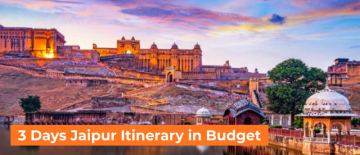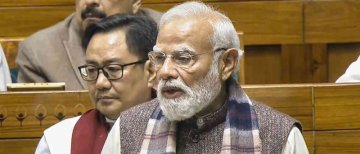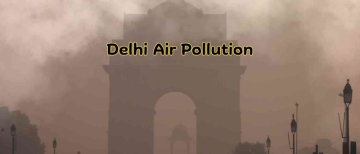It would be terrible to wake up one day and find that the water that your country depends on is running out. With tank levels dropping to dangerously low levels in 22 states, India has to face the hard truth. For millions of people, this is more than just dry fields and crops having a hard time. It's a problem that threatens their right to clean water, food security, and job security. In order to solve this problem and keep it from happening again, we need to understand its causes, figure out how they affect people, and look for workable answers.
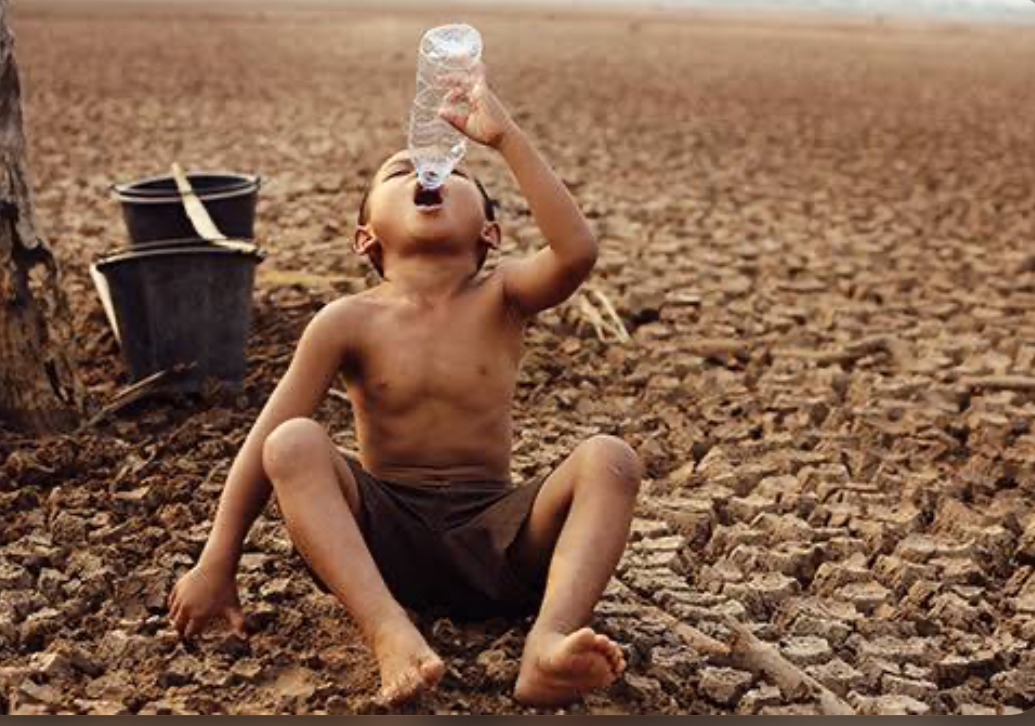
The Land Is Drying Out: What Caused the Water Crisis?
Numerous factors contribute to India's water problems, including:
Not Enough Rainfall: No rain has fallen since March, which is the main reason. That's 18% less rain than usual, according to the India Meteorological Department (IMD). A colder-than-normal winter resulted in even more water loss.
El Nino's effects: The Indian subcontinent is now dry due to the recent El Nino weather trend, which is characterised by warming in the Pacific Ocean, making the lack of rain even worse.
Changes in climate: Despite the inability to directly link one El Nino event to climate change, concerns are growing due to rising temperatures and changing rain patterns. Droughts are likely to get worse and happen more often because of climate change, which will pose a long-term threat to water security.
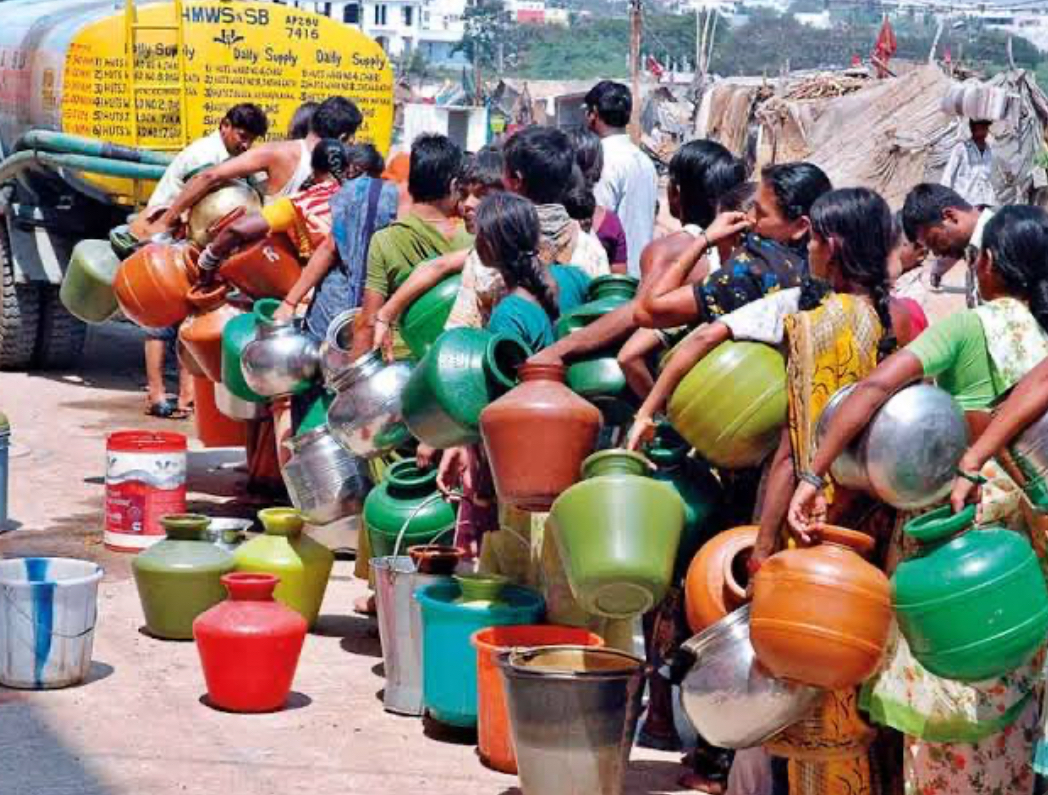
The Ripple Effect: Impacts of the Water Crisis
Our scarcity of water is affecting many areas, including:
Farming is in danger: Early summer crops, also known as the zaid season, are dying due to a lack of water. Farmers are using pricey tools like fuel and electric pumps to save their flower and rice fields. Some of the states most affected are Andhra Pradesh, Karnataka, Maharashtra, and Tamil Nadu, as they cultivate crucial foods such as rice, pulses, and millets. The delayed monsoon may make planting kharif crops even more challenging. This would lower overall agricultural output and could lead to food shortages.
Not enough drinking water: Low levels in reservoirs are a big problem for towns that depend on drinking water. When there isn't enough water, agricultural and household needs compete more, which could lead to water rationing and hard times for people in both cities and rural areas.
Effects on the economy: In many ways, a lack of water affects the economy. When farmers don't grow as much food, prices for basic goods can go up. Businesses that depend on water for their operations could also have problems, which would hurt jobs and economic growth.
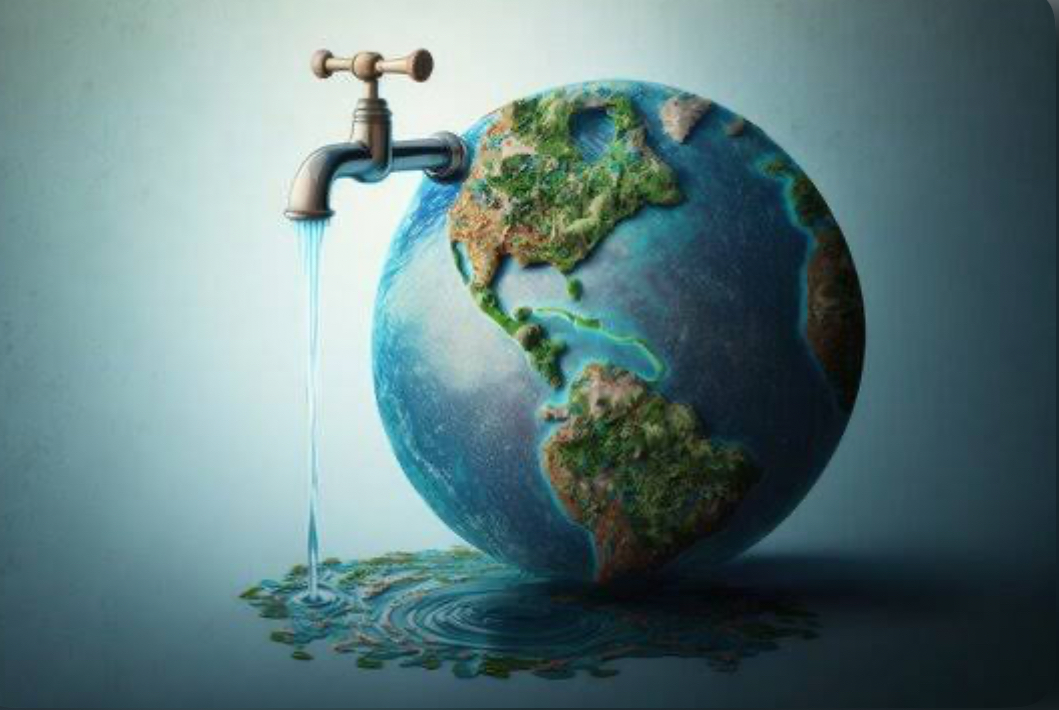
The government's response: easing the crisis
To deal with the water problem, the government is taking the following steps:
Things you can do to save water: The Jal Shakti ministry supports efforts to save water, asks states to take tougher actions, and promotes efficient ways to water plants, such as drip irrigation.
Programmes to help with drought: Farmers who are having a hard time because of a lack of water may receive financial assistance and other forms of aid. In places where there is a severe lack of clean water, we could also use tankers.
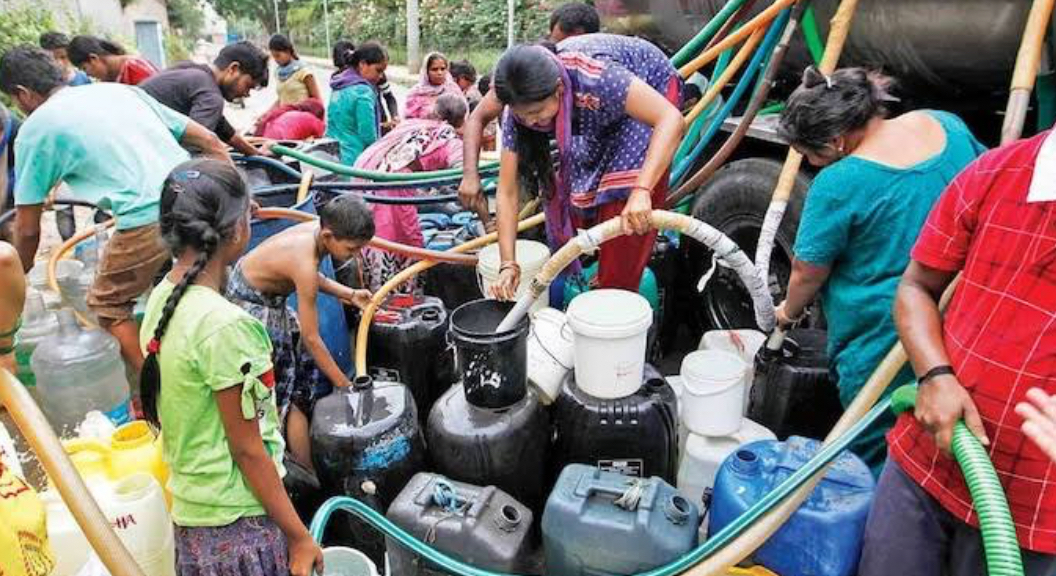
Long-term plans instead of quick actions
While immediate action is required to address the current crisis, long-term planning is necessary for long-term water management.
Building up water infrastructure: Investing in water storage facilities, such as dams and ponds, can make it easier to collect and store rainwater. Improving irrigation ditches is also crucial to reducing water loss.
Methods for Collecting Water: Individual and group efforts to encourage collecting rainwater can greatly increase the amount of water that is available. Using water ditches, collecting rainwater on roofs, and bringing back old ways of conserving water can be very important.
Taking care of demand: Campaigns to raise awareness about water conservation in homes and businesses have the potential to significantly reduce overall water use.
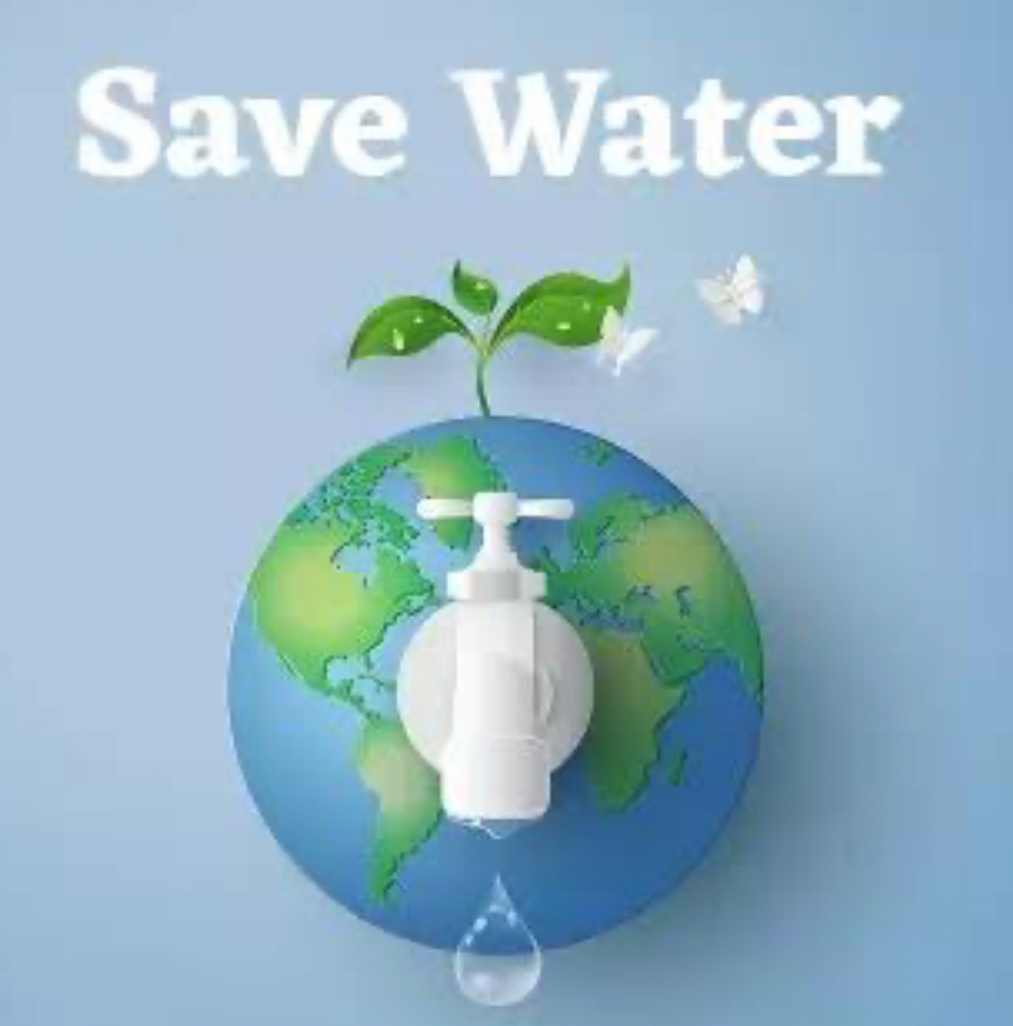
Public participation is a group effort
The government can't handle the water problem by itself. Public engagement is very important.
Each person is responsible: Making small changes to your daily routines, such as fixing leaking faucets, taking shorter baths, and watering your plants only when it's cooler, can change a lot.
Community Projects: Communities can run workshops to teach people how to save water, set up projects to collect rainwater, and encourage farmers to use water-efficient methods.
Conclusion: What You Need to Do to Make Sure the Future Has Water
A stark reminder of how important it is to handle water in a way that doesn't hurt the earth is India's water problem. To get through this problem and lessen its effects on farming, drinking water supplies, and the economy, we need to act right away. But it's essential to think about the bigger picture. To do this, we need to fund water centres, teach people how to collect water, and make sure that everyone in society understands how important it is to save water conservation. India will have enough water in the future if the people, the government, and the towns all work together.
Image Source: Multiple Agencies
© Copyright 2024. All Rights Reserved Powered by Vygr Media.




